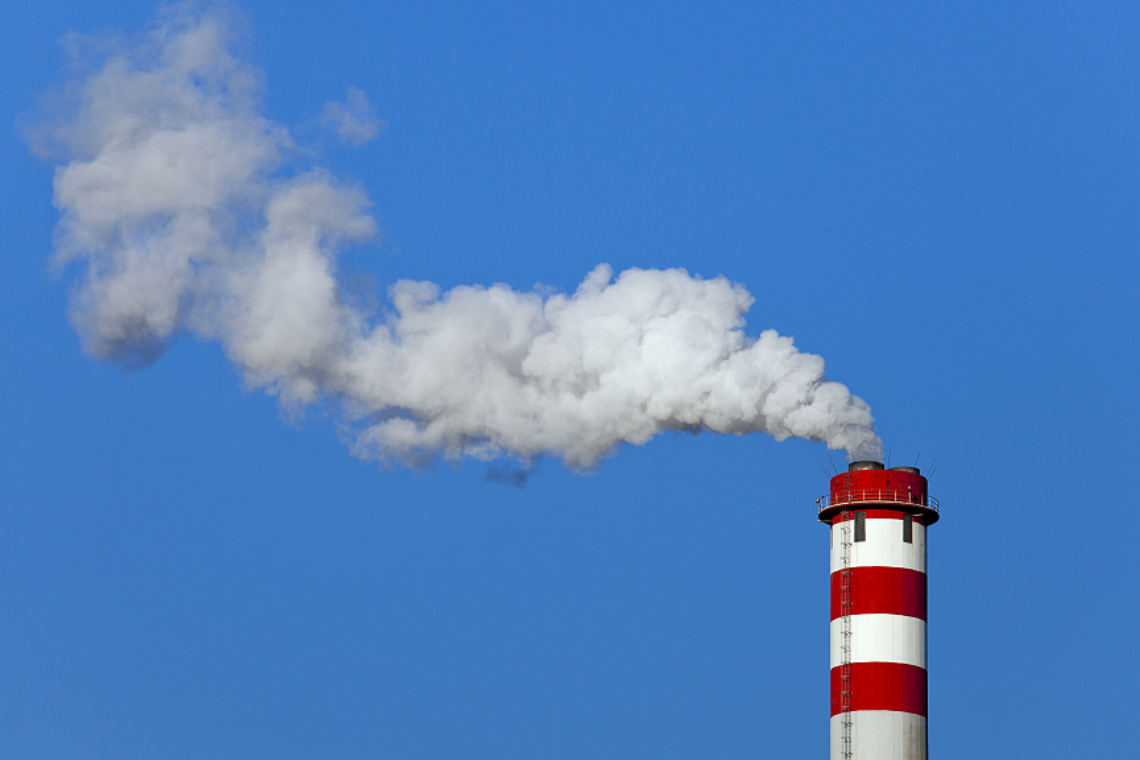Dust and Odour Management Plan
Have
a question?
Sonair Environmental welcomes the opportunity to answer any questions or concerns that may arise. We would love to hear from you today!
Sectors
Dust and Odour Management Plan
Dust Management Plans (DMP) are generally submitted as part of an application approval, which may be for a particular City or the Ministry of the Environment, Conservation and Parks (MECP). The purpose of a DMP is to identify sources of dust and establish control measures to mitigate the impact it may pose on neighbouring properties. Dust Management Plans are effective tools, but only if the control measures are properly implemented by the person responsible of executing the plan.
Dust Management Plan for Property Developers
Property developers can expect Dust Control Management Plans to form a part of their preliminary application submission to the City, especially to the City of Hamilton Public Health Services (HPHS). For developers proposing to develop or redevelop lands in the Hamilton/Ancaster area, a DMP is required. In general, Dust Management Plans are required to cover all potential sources of dust generation from land clearance to final construction. It also establishes minimum requirements and procedures for minimizing fugitive dust emissions arising from onsite activities and operations. Site maintenance and procedures include, but are not limited to:
- Operating and maintenance (O&M) procedures
- O&M and dust mitigation record keeping procedures
- Complaint, incident, and resolution record keeping procedures
- Equipment inspection frequency
- ChemTRAC
A Dust Control Management Plan takes into account onsite topographical and meteorological information; as a result, plans are site specific documents that are not transferable from site to site. Dust mitigation measures may also vary but generally include:
- Street cleaning and sweeping
- Storage pile covering
- Reducing onsite truck traffic and speed
- Controlling excavator loadout
- Wind speed and direction monitoring
- Dry surface wetting
- Sodding
As part of the DMP, a site superintendent must be assigned and will be made responsible for executing the Dust Control Management Plan and implementation of the necessary dust mitigation measures over the course of the project from start to finish.
Best Management Practices Plan for Industrial Sources of Fugitive Dust Emissions
The Ministry of the Environment, Conservation and Parks (MEPC) has its own version of a dust control management plan, also known as the Best Management Practices Plan (BMPP) for Industrial Sources of Fugitive Dust Emissions. Similar to other dust management plans, it identifies sources of fugitive dusts, and outlines the minimum requirements to minimize and control the release of dust emissions from industrial facilities. If you own or operate a facility that generates significant fugitive dusts, such as a ready-mix concrete plant or an iron and steel mill, preparing a BMPP for fugitive dust emissions can play a significant role to avoid installation of costly pollution control equipment.
As part of an Environmental Compliance Approval (ECA) or Environmental Activity and Sector Registry (EASR), the MECP require certain facilities to prepare a Best Management Practices Plan for fugitive dust emissions, especially for sites with unpaved roads or outside storages, including storage piles. For these facilities, having a BMPP for fugitive dust is particularly important as significant dust generating sources can often be exempt from being included in the air dispersion modelling as part of an Emission Summary and Dispersion Modelling (ESDM) report. Not having these sources included in the air dispersion modelling present a greater chance to achieve compliance and can avoid installation of costly pollution control technologies, which can be a financial burden to most businesses.
SONAIR Environmental’s professionals have years of experience preparing Dust Control Management Plans for land use planners and industrial facilities. Knowing the ins-and-outs and the types of dust generating equipment is key to tailoring plans specific to your site. Let us help you turn a complex problem into a simple solution. Contact one of our specialists now for a free consultation.
Best Management Practices Plan for Odour
If your facility poses odour impacts on your neighbouring properties, in most cases, a Best Management Practices Plan (BMPP) for Odour is required as part of a condition of an issued Environmental Compliance Approval (ECA) or accompanied with an Environmental Activity and Sector Registry (EASR) registration.
The Ministry of the Environmental, Conservation and Parks (MECP) provide the necessary tools for a Licensed Engineering Practitioner (LEP) to determine whether or not your facility is required to prepare a BMPP for Odour, based on your operations, processes and the separation distance between the closest odour source to the nearest sensitive receptor.
The following industries are generally required to prepare a BMPP for Odour if the screening conditions have not been met:
- Other Animal Food Manufacturing
- Rice Milling and Malt Manufacturing
- Breakfast Cereal Manufacturing
- Non-Chocolate Confectionery Manufacturing
- Chocolate and Chocolate Confectionery Manufacturing from Cacao Beans
- Confectionery Manufacturing from Purchased Chocolate
- Fruit and Vegetable Canning, Pickling and Drying
- Fluid Milk Manufacturing
- Butter, Cheese and Dry and Condensed Dairy Product Manufacturing
- Ice Cream and Frozen Dessert Manufacturing
- Seafood Product Preparation and Packaging
- Cookie and Cracker Manufacturing
- Roasted Nut and Peanut Butter Manufacturing
- Other Snack Food Manufacturing
- Coffee and Tea Manufacturing
- Flavouring Syrup and Concentrate Manufacturing
- Seasoning and Dressing Manufacturing
- All Other Food Manufacturing
- Breweries
- Distilleries
- Leather and Hide Tanning and Finishing
- Wood Preservation
- Paper Bag and Coated and Treated Paper Manufacturing
- Polystyrene Foam Product Manufacturing
- Motor Vehicle Plastic Parts Manufacturing
- Spraying Operations
- Wastewater Treatment – Covered Clarifiers
- Scented Products Manufacturing
- Printing
- Plastic Extrusion or Melting
- Process using Phenolic Resin
The BMPP is a living document that is intended for the facility to establish minimum requirements and best practices to minimize the impact from odorous sources on a routinely basis. A BMPP should be an integral part of your day-to-day operations where measures and procedures are incorporated to reduce odour emissions. Plans must be updated once every 10 years, unless the LEP has reviewed and verified that the contents within the BMPP reflect those from the existing operations, and that no further mitigation measures are required to reduce the impact from odorous sources. If no changes are required to the existing BMPP, the LEP must provide an addendum to the plans to confirm that the contents within are still correct and accurate.
The MECP provides requirements and contents that a BMPP for Odour must have. Although creating a Best Management Practices Plan for Odour can be daunting for facilities, we simplify the entire process by understanding the requirements, and steps required to prepare a complete BMPP, coupled with professional experience identifying odorous activities and processes.
Odour Control Report (OCR)
Apart from a Best Management Practices Plan (BMPP) for Odour, certain higher risk facilities may also be required to prepare an Odour Control Report (OCR). The following industries will also be required to prepare an OCR if the requirements of an odour screening report have not been met.
- Dog and Cat Food Manufacturing
- Sugar Manufacturing
- Breweries
- Spraying Operations
- Wastewater Treatment – Lagoons, Uncovered Clarifiers, Sludge Management
- Food Frying
- Cooking or Drying Animal Products
- Printing
An Odour Control Report is more so a precautionary document that a facility must have in case feasible mitigation and control measures are required. The MECP does not require the facility to modify its existing equipment, install new controls, or implement new procedures to reduce odour impact unless odour issues arises or if the facility would like to take a proactive approach. The OCR explores and provides details of the common technologies and practices that are implemented at other jurisdictions and facilities with similar activities and operations. Only by completing an Odour Control Report will the facility know which activity or area lacks control and easy-to-implement improvements for the reduction of odour emissions.
The Odour Control Report must be prepared by a Licensed Engineering Practitioner where the report is sealed, dated, and signed to confirm its accuracy. Similar to the Best Management Practices Plan for Odour, the OCR must be updated once every 10 years by the LEP and must explore if other feasible mitigation measures are available as an option.
SONAIR’s engineers are subject matter experts with knowledge and expertise developing the required dust and odour management plans for your needs. Moreover, our expertise extends to the creation of Acoustic Assessment Reports, vital for assessing environmental noise in various projects. Having developed plans for developers, construction projects, facility owners and operators, we can tailor a plan specific to your operations and meet the requirements of the regulators. If you are in need of a plan, get in touch with one of our professionals now for a free consultation.




